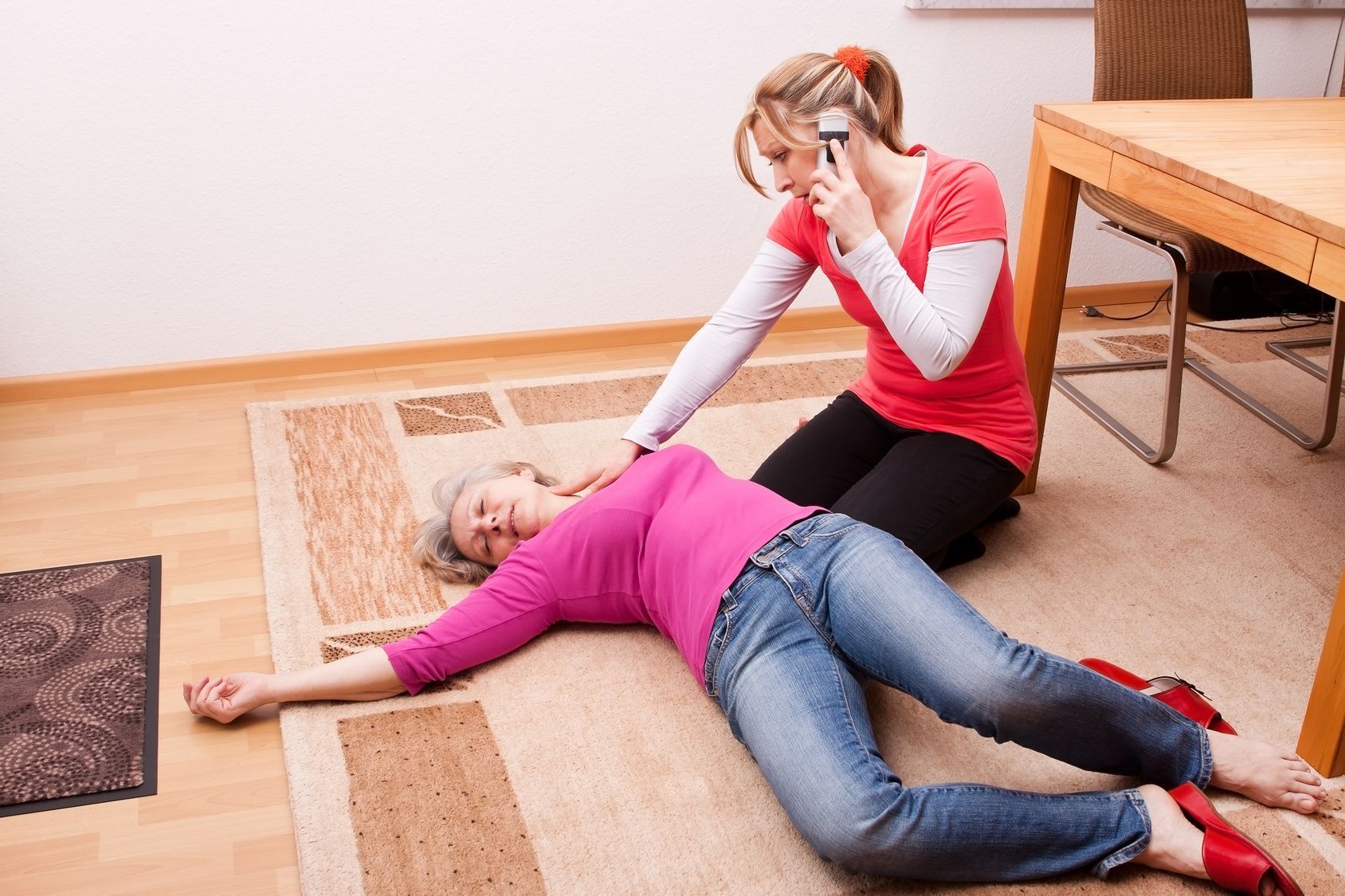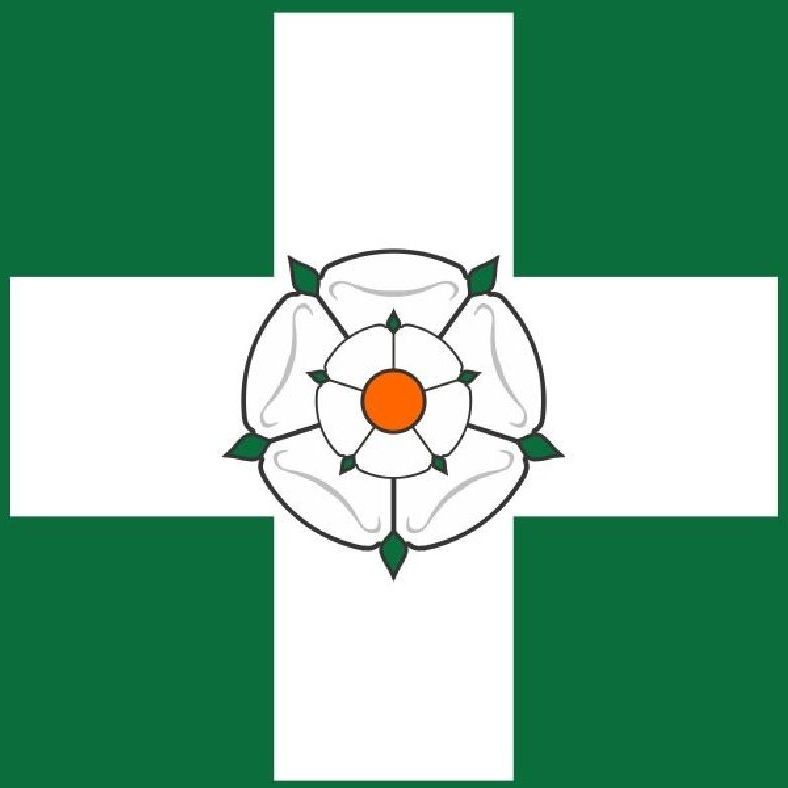White Rose Training Insights
First Aid Guide for Seizures and Convulsions

A seizure, also known as a convulsion or fit, is a sudden, uncontrolled electrical disturbance in the brain that affects body movements, sensations, and consciousness. Around 1 in 20 people will experience a seizure at some point in their lives, though not everyone who has a seizure will develop epilepsy.
What Happens During a Seizure?
Seizures occur due to abnormal electrical activity in the brain, and the effects depend on the part of the brain involved. They can range from brief absence seizures, where a person may simply appear unaware, to tonic-clonic seizures, which involve full-body convulsions. Most seizures last only a few minutes. However, if a seizure lasts longer than five minutes or if multiple seizures occur consecutively, it is essential to call emergency services.
Causes of Seizures
Seizures can be triggered by anything that affects blood flow to the brain. Common causes include:
- Head injuries
- Brain tumours
- Stroke
- Infections like meningitis or malaria
- Drug or alcohol use and withdrawal
- High fever (especially in children)
- Lack of oxygen
- Epilepsy
Febrile Convulsions in Children
Febrile convulsions, caused by a rapid rise in temperature, affect about 5 in 100 children under six years old. Although frightening, these seizures are rarely dangerous, and most children outgrow them by age five.
Epilepsy
Epilepsy is diagnosed when a person experiences unprovoked seizures not caused by other medical conditions. It affects around 600,000 people in the UK, or about 1 in 100 individuals. While epilepsy can start at any age, it often begins in childhood or after age 60. It is generally a lifelong condition, managed with medication. The cause is unknown in over 50% of cases, though a family history may suggest a genetic link.
First Aid for Seizures
During a seizure, it’s important to:
- Loosen tight clothing and remove nearby objects to prevent injury.
- Cushion the head
- Protect the casualty's dignity
- Record the start time and observe the seizure's phases, noting whether one side of the body is more affected.
- After the seizure, check the person's airway and breathing. If they’re unresponsive but breathing, place them in the recovery position; if not breathing, start CPR.
Always call an ambulance if:
- It's their first seizure.
- The seizure lasts more than five minutes.
- Another seizure follows immediately.
- The person is injured, unresponsive for over five minutes, or the seizure differs from previous ones.
- You are unsure as to severity of the seizure
What Not to Do
- Never put anything in their mouth.
- Don’t try to restrain their movements.
- Don’t move them unless they’re in immediate danger.
- Don’t give them food or drink until fully recovered.
- Never attempt to "wake them up" during a seizure.
Knowing how to respond to a seizure can help ensure the person's safety and provide crucial information to medical professionals for diagnosis and treatment.
To learn more about a emergency action during a seizure, book onto our Emergency First Aid at Work course in Leeds.
For more information about epilepsy go to https://www.epilepsy.org.uk/
#emergencyfirstaid #epilepsyaction #leedsfirstaidtraining

